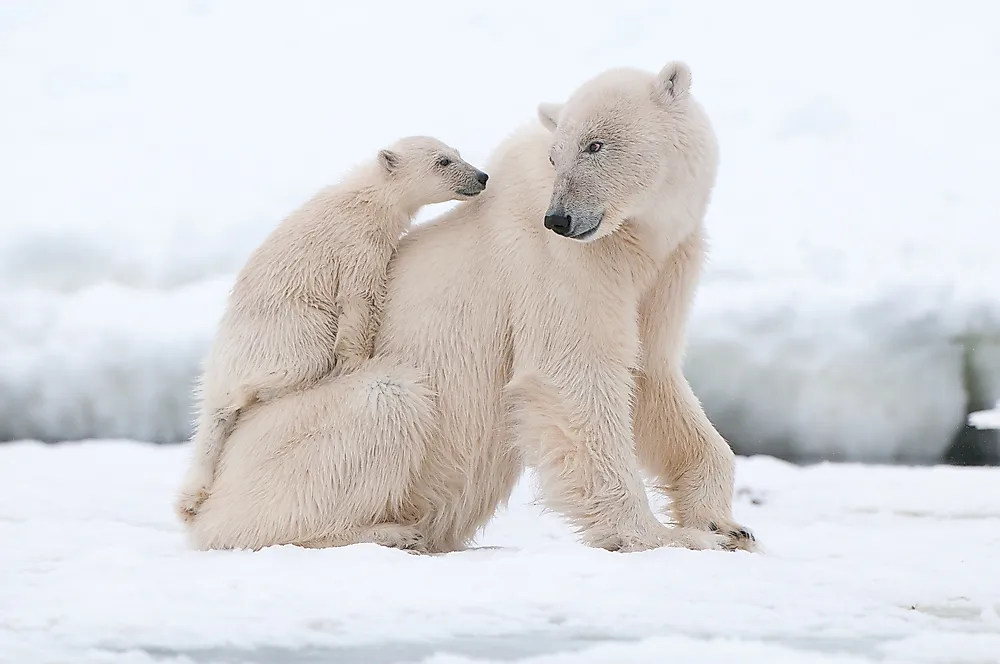The Polar Bear Population Worldwide: Important Facts And Figures

A polar bear is a bear species that is native to the Arctic Circle, which includes the Arctic Ocean. This bear species has adapted to extremely harsh and frigid conditions and spends most of its time on sea ice, where it hunts for seals. This species is unique in that it is considered a marine mammal because of the amount of time it spends at sea. Most of this time is spent alone as polar bears do not live in packs or groups. The polar bear is one of the largest of its kind, with the adult male weighing between 772 and 1,543 pounds.
Threats And Conservation Of The Polar Bear
The polar bear has been categorized on the IUCN Red List as a vulnerable species since 2005. Prior to the early 1970s, this species suffered significant unsustainable hunting. In 1973, several countries signed the International Agreement on the Conservation of Polar Bear and their Habitat, which banned killing this species for commercial purposes. The last few decades have been some success in maintaining and even increasing the population of polar bears found in the wild. However, conservation efforts are delicate. Over the next 34.5 years, it is still estimated that the polar bear population could decrease by more than 30%.
Polar Bears In The Wild
Today, between 22,000 and 31,000 polar bears are living in the wild. These wild polar bears are divided into 19 subspecies, 13 of which can be found in North America. In fact, between 60 and 80% of all polar bears inhabit Canadian territory. Within North America, this species has been recorded as far south as Hudson Bay and in several locations between the western region of Greenland and the Baffin Bay. Outside of North America, polar bears live in Russia, Norway, and Denmark. These bears have been sighted outside of this range, having floated along on sea ice.
However, the status of polar bears is sometimes disputed by experts. One reason for this is that tracking wild polar bear populations is a difficult, expensive, and labor-intensive undertaking. It typically involves flying over Arctic areas, shooting tranquilizer darts, and landing next to the sedated bear in order to attach a tracking collar or some other tagging device. Because of this process, information is insufficient for 9 of the 19 subspecies. Available research indicates that the world’s polar bear population could suffer a 30% decline by 2050.
Polar Bears In Captivity
Polar bears are kept in a number of zoos around the world, from the US to China and across Europe. Most of these zoo exhibits include running water, large swimming pools, and areas with grass and other plants. Despite these specialized enclosures and controlled diets, many individuals and organizations criticize zoos that keep polar bear exhibits. These critics, with the support of scientific research, suggest that keeping these animals in captivity results in emotional trauma, known as zoochosis. Others suggest that keeping small populations of polar bears in zoos helps raise awareness for those animals living in the wild, which supports greater conservation efforts.











